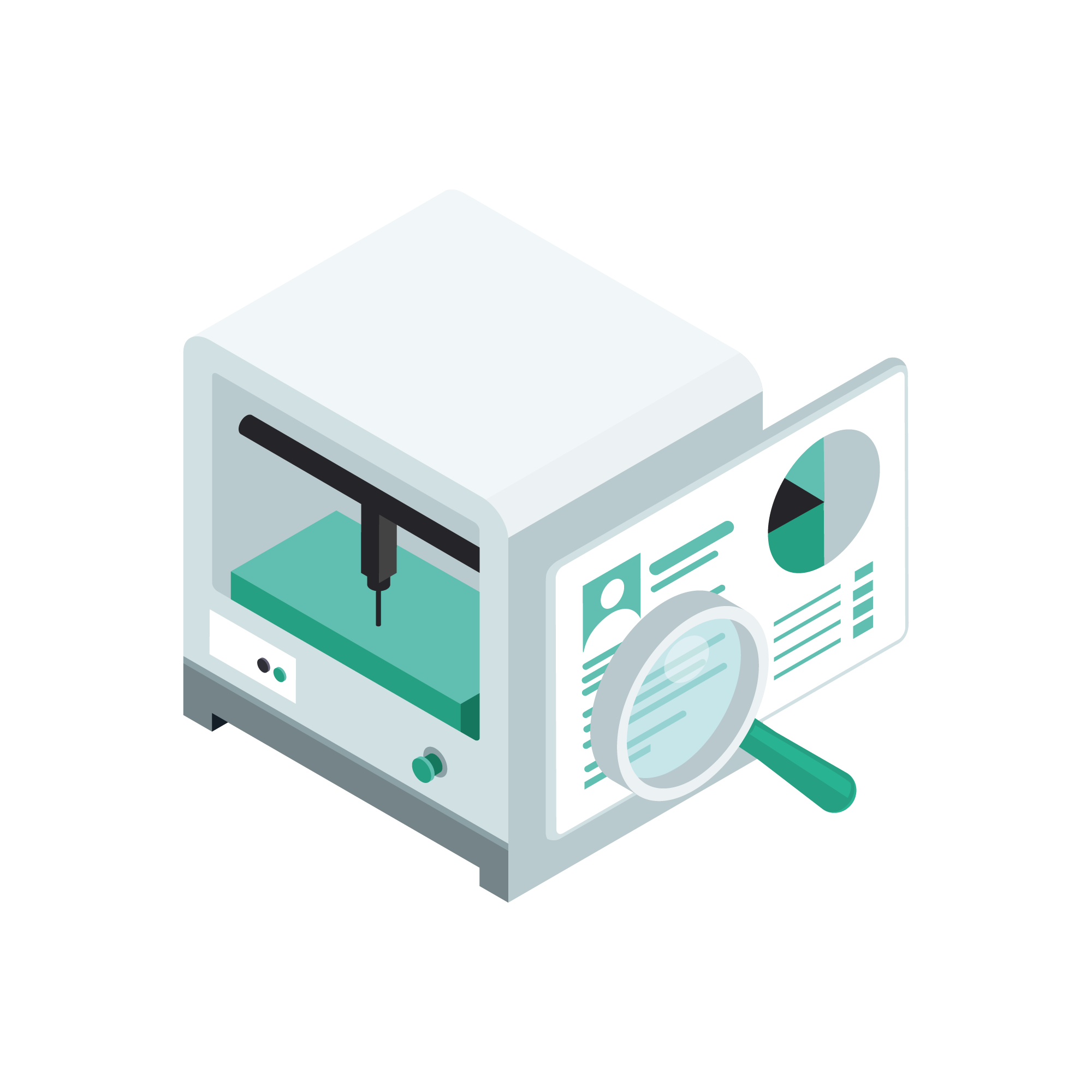In modern manufacturing, Additive Manufacturing (AM) offers a game-changing solution for efficiency, design flexibility and cost-effectiveness. Unlike traditional methods, AM allows specific, on-demand fabrication of complex components with up to 99% material usage, thereby reducing lead times and waste.
HP Valves, a global energy industry partner, acknowledges the potential of AM and is collaborating with FIP-AM@UT on the AMII project to evaluate its integration into their production processes. By leveraging AM technology, HP Valves aims to optimise efficiency, align with market demands, and remain competitive in the different sectors they contribute to.
The project’s scope involves a comprehensive examination of HP Valves’ current manufacturing practices and internal knowledge of AM. Through workshops and thorough analysis, the project will produce a quick scan report outlining the current manufacturing setup, key challenges, and an overview of AM processes and methodologies. Additionally, the AMII Valves project will deliver a comprehensive AM implementation plan detailing stakeholder and organizational assessments, potential implementation scenarios, required resources, an implementation framework, and future steps.
The project aims to provide valuable insights into HP Valves’ readiness for AM implementation. By identifying pain points and opportunities within the current manufacturing process, the project will offer a roadmap for leveraging AM technology effectively. With this knowledge and framework in hand, HP Valves will be equipped to navigate the transition towards AM implementation, unlocking new opportunities while mitigating challenges along the way.






